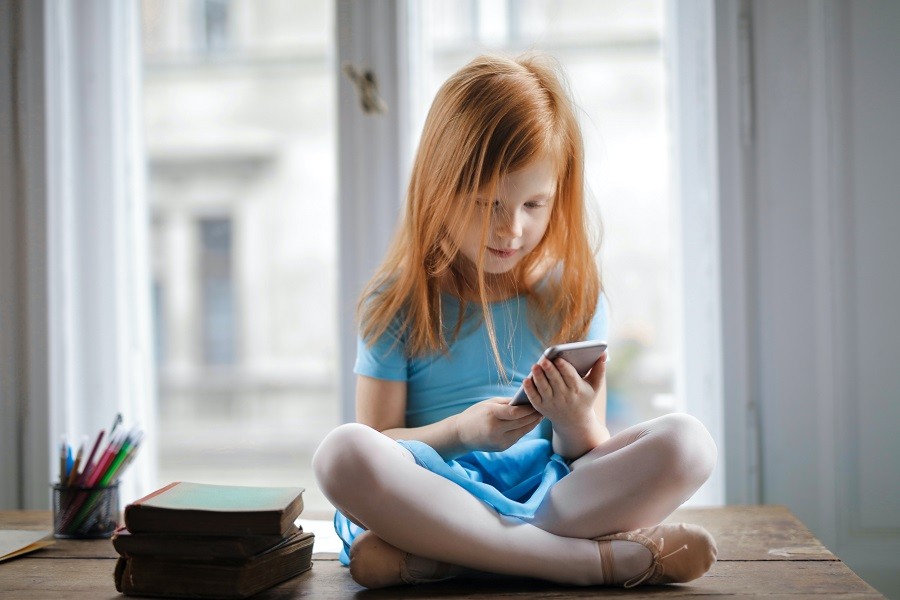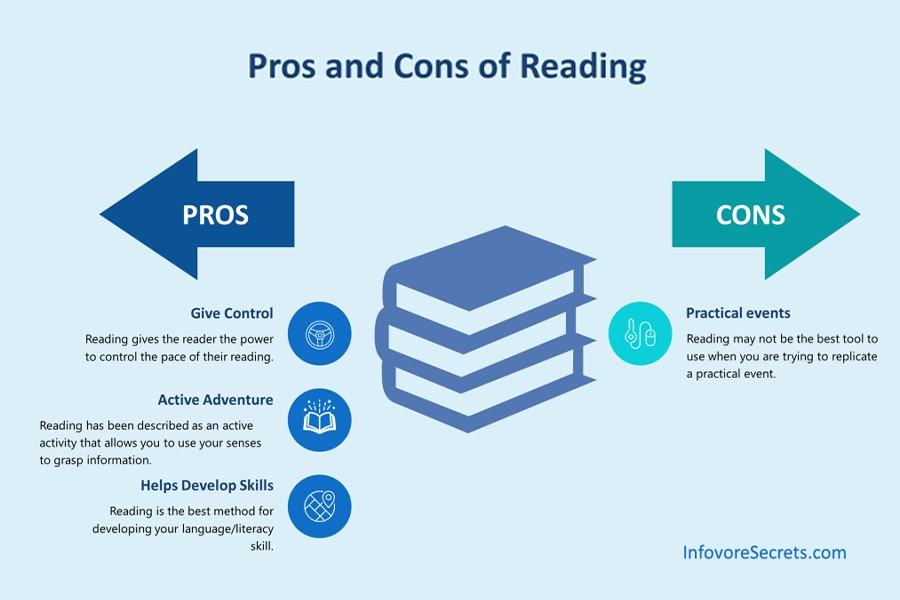3 ways to get your child to read more
Published 25 June 2021 at 20:17
Tickikids Blog Hong Kong > digest > 3 ways to get your child to read more

“How do I stop being on the screen all the time and get him interested in reading?” -asked my friend, mother of a 12-year-old.
I looked at my friend surprised, wondering what prompted her to ask this question. We were traveling in the Hong Kong subway which is called MTR (short for Mass Transit Rail). She pointed towards a family sitting in a few seats away. The child was reading a book!! While this was a common sight when we were growing up, these days books and newspapers have been replaced by phones and tablets. In Hong Kong, it is a common to see all ages glued to their screen irrespective of whether they are walking or sitting or dining!!!
My friend’s question, made me think, in such an environment when everyone is on their screens, how do you get your child to read a book?
Before we get into “how” we can get children to read books, I just want to touch upon “why”. When there is new technology and methodology available for entertainment and gathering information, why should we work towards getting children into reading habit? Let us face it: It can be challenging to motivate ourselves to read a 382-page book when we can watch the movie, listen to the audiobook, or watch a YouTube video summary instead. Watching a documentary on Netflix is easier than reading a book on the same topic.

Image Credit: Andrea Piacquadio | Pexels
I am a big fan of books. In fact, I prefer reading a hard copy instead of reading on my kindle. I feel a great sense of pride when big boxes get delivered filled with books ordered by my daughters. My experience and observation is, that when we read a book, it sharpens your mind through stimulation of the brain. By causing you to focus intensely on the words, your brain takes in a significant amount of information, which can improve both your critical thinking and analytical skills. Some research backed benefits are enlisted below:
- improves brain connectivity.
- increases your vocabulary and comprehension.
- empowers you to empathize with other people.
- aids in sleep readiness.
Having said the above, I am also a big believer that each child has his own distinct learning style. Some children learn well by reading and some by watching and some by doing. The jury is still out on whether reading or watching is better. There is no concrete answer yet. Each has its own pros and cons. Instead of putting in words, I give you this visual designed by InfovoreSecrets.com.

.jpg)
Having explored the “why,” let us come back to my friend’s question, do we attract children to books in the era of screens. Based on my experience as a mother and a Coach for Teenagers, I have come up with a 3-pronged strategy. I call it R-P-P triangle. As parents, we can use these simple strategies to get them attracted towards books.
Roleplay: Mirror neurons were discovered by an Italian neuropsychologist in 1990s. Mirror neurons are a type of sensory-motor cell located in the brain that is activated when an individual performs an action or observes another individual performing the same action. Thus, the neurons “mirror” the actions of others. What this means is, children mirror our actions. They pick up their skills, habits, attitudes, and behaviours from their environment. Mostly by watching their primary care givers, especially their parents.
This is true for reading habits also. If children see their parents reading book, they will pick up reading habits naturally. So, this is the easiest of all strategies. Just role model it to them. In your leisure time, replace screen-time with book-time.

Image Credit: Pvproduction| Freepik
Pull: Create a pull towards books by sharing things you read about. Adult world fascinates them. Gifting them books you read as a child has a big pull factor. Arranging play dates with children who like reading books and who have lots of books in their home also acts as a great motivator. My niece who was never into reading, started reading when landed in a hostel and discovered her room mates were avid reader. Just listening to them discuss books and her social need to be a part of the community, got her into the habit of reading every day.
Push: Most technology (phones/tablets) has options to change the colours of the screen to black and white. Technology is marketed to be as enticing as possible the use of colours is what tends to pull us towards screens. A lot of the attention is lost when colour is lost. Therefore, filtering screens in black and white, keeps children from going on their screens as much and is easier on their eyes.
Screen time limits can also be put in place that limit the amount of time they are on a screen per day, only allowing a password to give more time. With having limited time on a device as well as not many colours, kids will be more interested in other forms of entertainment- namely books with bright and attractive covers and pages.
Frequently visits to book stores, libraries and book fairs at such a time gives them that additional push.
Conclusion:
Screens have become an unavoidable part of our lives. Smart phones and tablets are truly magical and enticing devices. Let us not let them invade our lives. With just putting in a bit of work, we can get our children to experience the magic of another colourful, portable magical thing …. Books. Dr. David Lewis said, “Loosing oneself in a book, is the ultimate relaxation”. Let us help our kids discover this ultimate relaxation.
About the Author
Shalini Bindal is a coach certified by the International Coaching Federation. She focusses her coaching efforts on teens, parents and women. Shalini has an MBA in Human Resources. She has worked in consulting firms for more than 10 years with the likes of Fortune 500 like GE, Aviva, BMS etc.